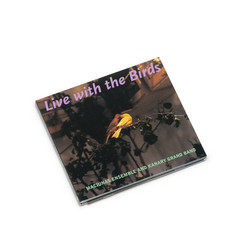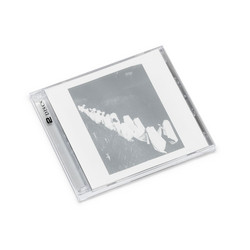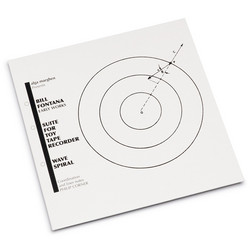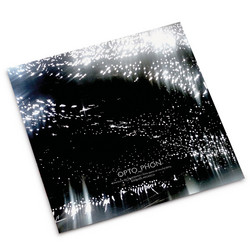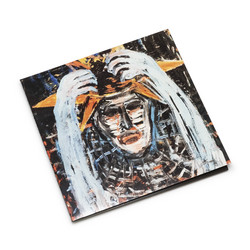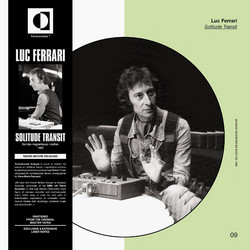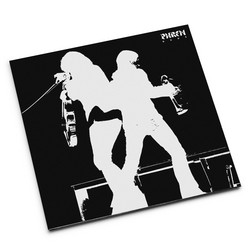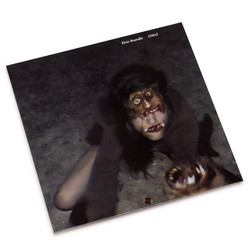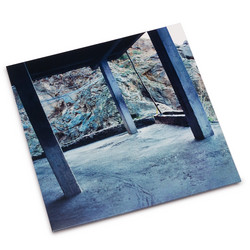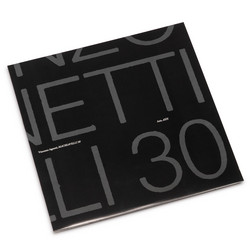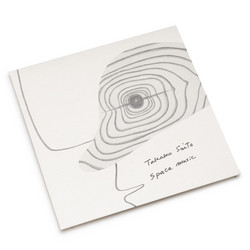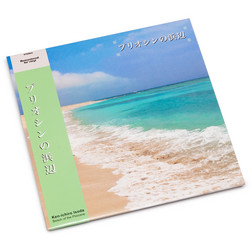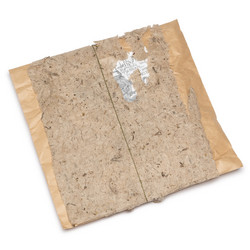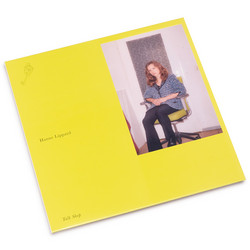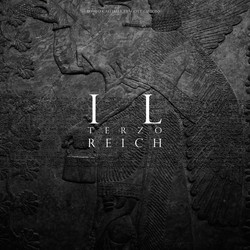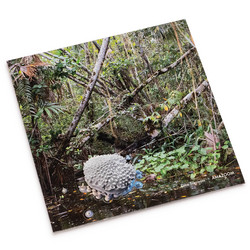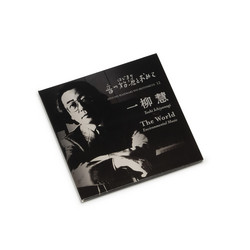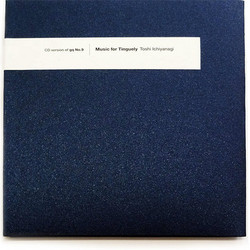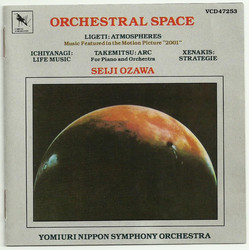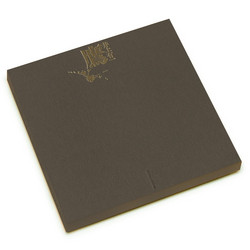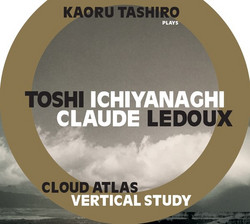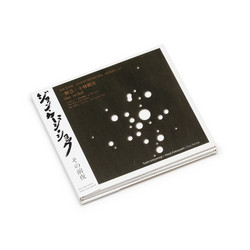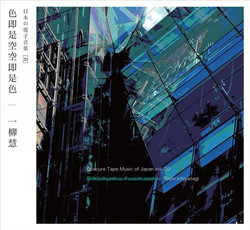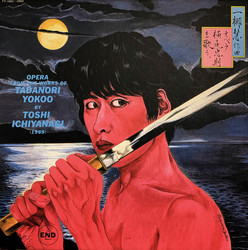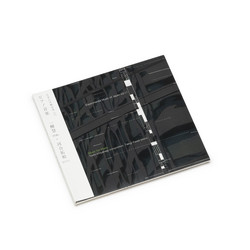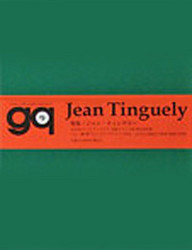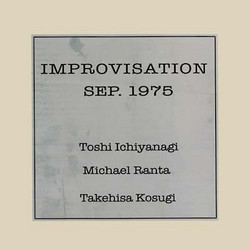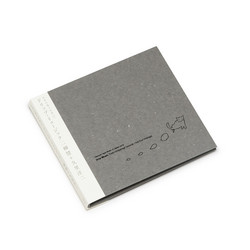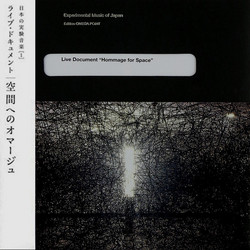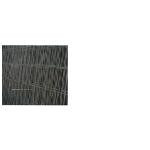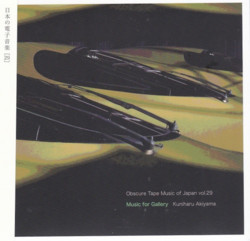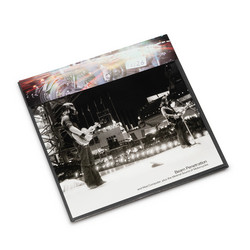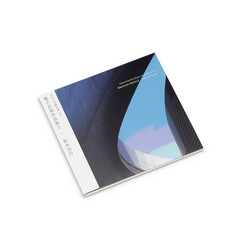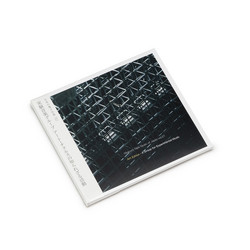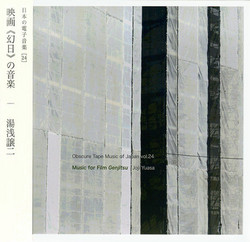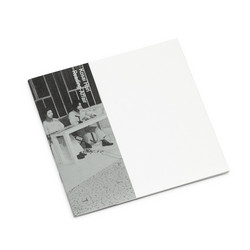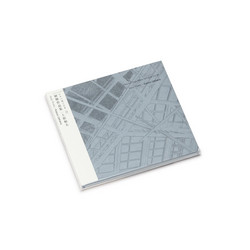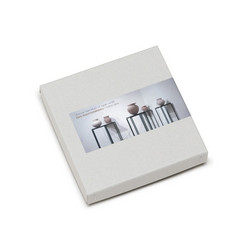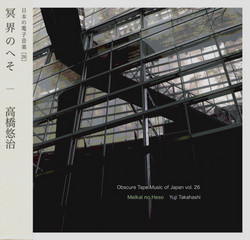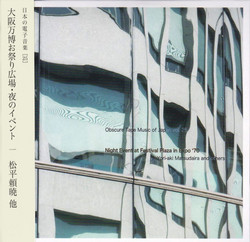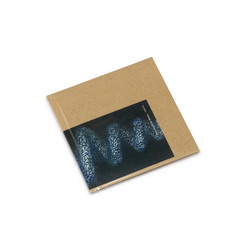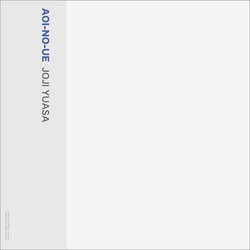Toshi IchiyanagiFeaturing: Toshi Ichiyanagi
Toshi Ichiyanagi, A Pianist (Special Edition) 2CD
Limited 80 copies. V.A “Toshi Ichiyanagi, A Pianist” (special edition) CD+CDR
1_Table tennis performance at Katsumi Asaba Exhibition / 2009 / 13’57”
Influenced by Asaba, who even coached a Japanese national team player, Ichiyanagi is also known as a very good table tennis player. A ping-pong table was also brought to the event and a demonstration was held before Ichiyanagi's performance. A contact microphone was attached to the ping-pong table where audience members, as well as Ichiyanagi, played in a friendly atmosphere. Sumihisa Arima set up a system using the vibrations of the ball hitting the table to modify electronic sounds.
2_Sylvano Bussotti: No. 3 from Five Piano Pieces for David Tudor / 1959 / 8’26”
This cassette contains two recordings of "Five Piano Pieces for David Tudor" by Bussotti which were formerly owned by music critic Kuniharu Akiyama. The other performance recorded on this cassette is by Tudor himself. It is believed to be part of a broadcast recording made by NHK during his first visit to Japan. John Cage explains the piece (in English), Ichiyanagi repeats the explanation in Japanese, and then the performance begins. The performance time is indeterminate because of the graphic score. This recording lasts 7 minutes, almost double the length of Ichiyanagi's performance.
The composer Toshi Ichiyanagi is, needless to say, also a pianist. We have collected recordings of his performances demonstrating his superb skills and ability. "Music for Piano No. 8," on which he is accompanied by Sumihisa Arima, a frequent collaborator, on electronic devices, is particularly noteworthy. His cool-headed improvisation in the gallery reminds us of David Tudor, with whom he shares a deep resonance as a pianist. A rare recording of Sylvano Bussotti's "Five Piano Pieces for David Tudor," which was written specifically for Tudor, has also been recovered!
tr.1_Sylvano Bussotti Five Piano Pieces for David Tudor No.3 / 1959_3’49”
tr.2_Toshi Ichiyanagi Music for Piano No.8 / 2012_12’25”
tr.3_Toshi Ichiyanagi Improvisation in the Katsumi Asaba exhibition / 2009_24’04”
1_Sylvano Bussotti: Five Piano Pieces for David Tudor No.3 / 1959
Among the vast number of cassette tapes left behind by the music critic Kuniharu Akiyama, there were two recordings of this work. One is simply labeled "Toshi Ichiyanagi" and the other "D. Tudor". They do not appear to be related, except that the same piece is played on both recordings. Perhaps Akiyama focused his editing on this work for use as university teaching material. Since Bussotti often composed his music in a pictorial, graphic style, it is difficult to tell which piece is played at first hearing. However, Aki Takahashi, who has the score, said she believes it to be No. 3.
2_Toshi Ichiyanagi: Music for Piano No.8 / 2012
All seven "Music for Piano" pieces were composed from the late 1950s to the early 1960s. In 2011, Takuji Kawai performed and recorded all the pieces together for the first time (see OP’s CD). "No. 8”, was conceived at the same time as the other "Music for Piano" pieces. In addition to the symbolic elements such as figures and words used from "No. 1 " to " No. 7”, the composer also attempted to introduce "non-symbolic" elements that transcended notation. The score shows only the temporal flow of the performance, including spatial sound expressions. As at the premiere, Sumihisa Arima provides electronic accompaniment.
3_Toshi Ichiyanagi: Improvisation at the Katsumi Asaba exhibition / 2009
In 2009, an exhibition by graphic designer and art director Katsumi Asaba called "Design port. Katsumi Asaba exhibition." was held at the Kanagawa Kenmin Hall Gallery. This performance was held at the venue on July 20 during the exhibition. Ichiyanagi played a Dongba script manuscript which Asaba had been researching on a prepared piano, as if it were a musical score. Dongba script is a hieroglyphic script handed down from ancient times to the present day among the Naxi people, a minority tribe in the north of China’s Yunnan Province. Arima used a computer to convert the script into music.

